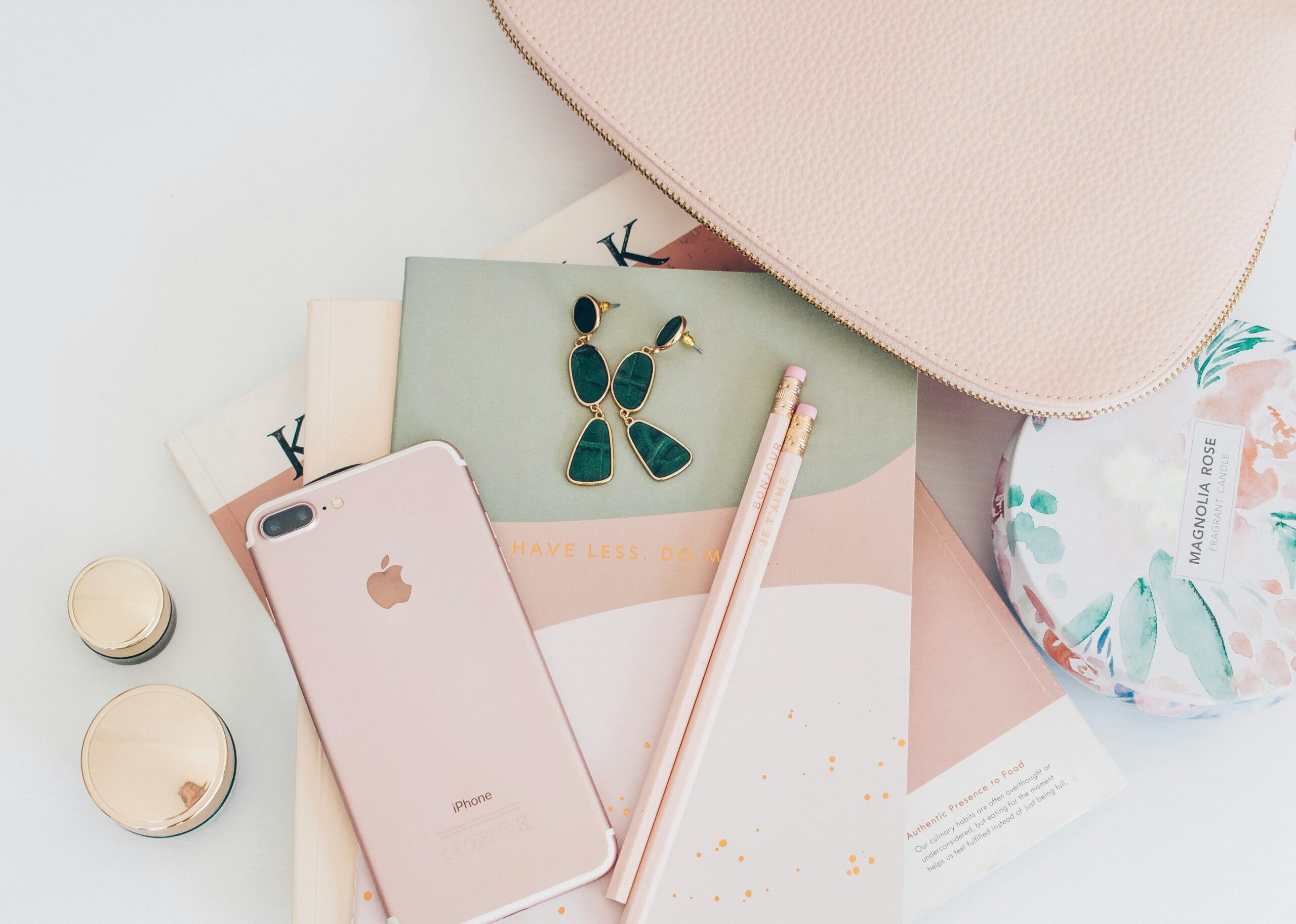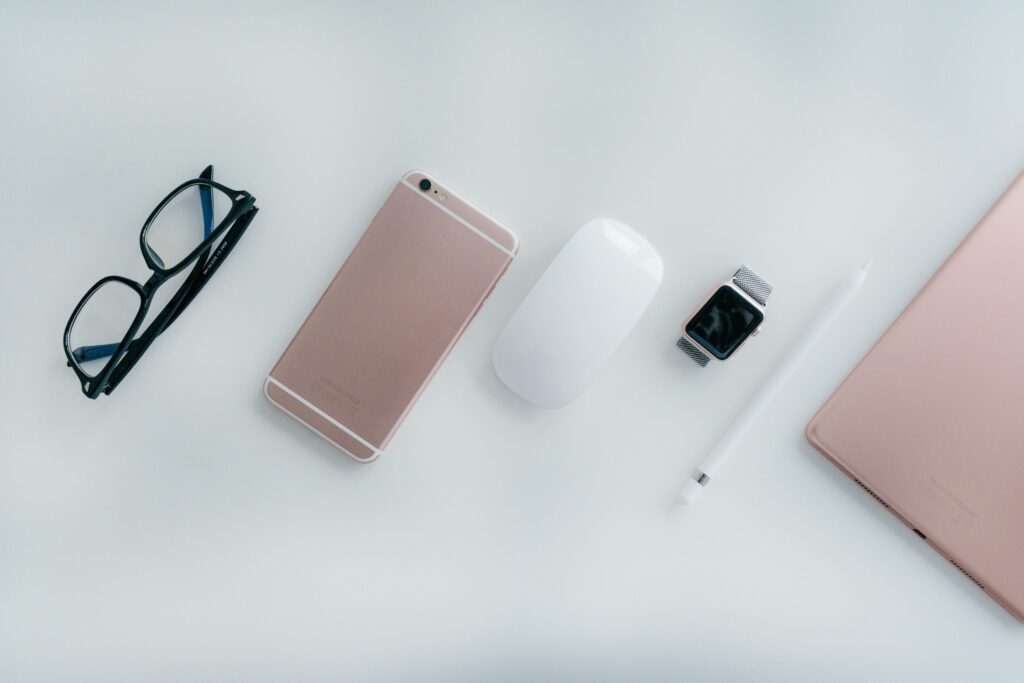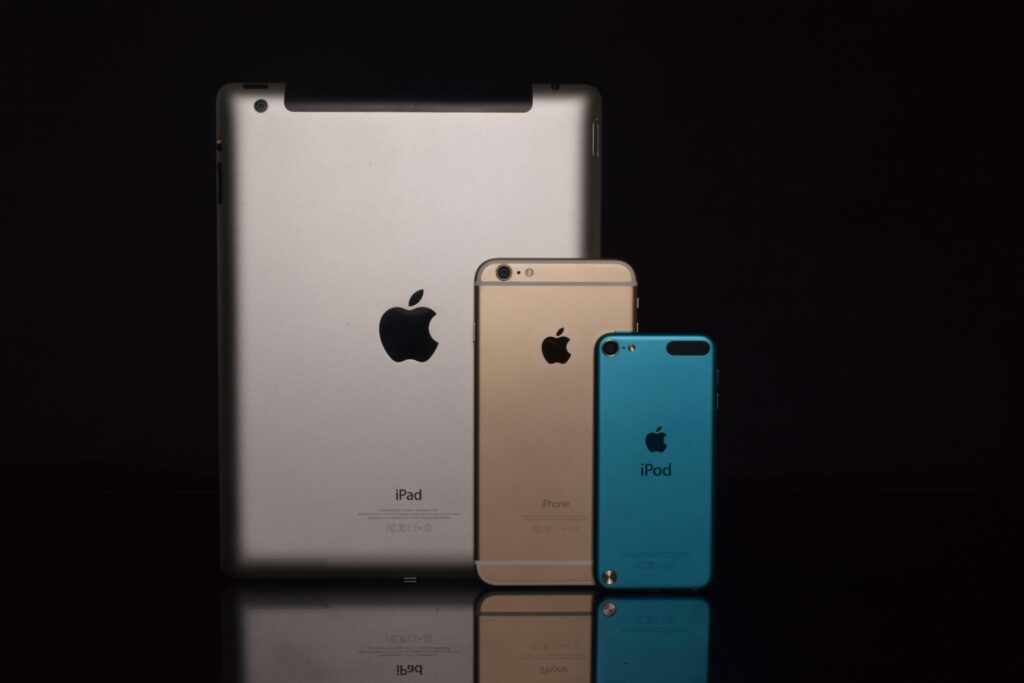
Designing the next iPhone involves integrating cutting-edge technology while maintaining Apple’s iconic sleek design and user-friendly interface.
Design:
Designing an iPhone involves a comprehensive process that integrates hardware, software, usability, aesthetics, and manufacturing considerations. Here’s a structured approach to designing an iPhone:
1. Research and Concept Development
- Market Research: Understand current market trends, consumer preferences, and competitors’ offerings.
- User Research: Gather insights into user behaviors, needs, and pain points through surveys, interviews, and usability studies.
- Concept Development: Brainstorm ideas and concepts based on research findings. Consider innovative technologies, materials, and form factors.
2. Define Requirements and Specifications
- Functional Requirements: Define what the iPhone should do (e.g., make calls, take photos, run apps).
- Performance Specifications: Determine hardware specifications such as processor speed, memory, battery life, and camera capabilities.
- Design Specifications: Outline physical dimensions, weight, materials, and aesthetic considerations. design the next iphone.
3. Design Iteration and Prototyping
- Sketching and Wireframing: Create initial sketches and wireframes to visualize the product’s layout and user interface.
- Digital Prototyping: Use design software (e.g., CAD tools) to create 3D models and renderings of the iPhone.
- Physical Prototyping: Build physical prototypes for testing ergonomics, usability, and aesthetics.
4. User Experience (UX) Design
- User Interface (UI) Design: Design intuitive interfaces that are easy to navigate and aesthetically pleasing.
- Accessibility: Ensure the iPhone is accessible to users with different abilities.
- Interaction Design: Define how users will interact with the device through gestures, touch, and voice commands.

5. Industrial Design
- Form Factor: Design the physical appearance of the iPhone, considering ergonomics, comfort, and aesthetics.
- Material Selection: Choose materials that are durable, lightweight, and visually appealing.
- Manufacturability: Ensure designs can be efficiently manufactured at scale.
6. Hardware Integration
- Component Selection: Choose components (e.g., processors, sensors, cameras) that meet performance and quality standards.
- Engineering Design: Collaborate with engineers to integrate components into the iPhone’s design while optimizing performance and power efficiency.

7. Software Development
- Operating System: Develop or integrate iOS with features that leverage the iPhone’s hardware capabilities.
- App Ecosystem: Support developers in creating apps that enhance the iPhone’s functionality and user experience.
8. Testing and Validation
- Usability Testing: Conduct usability tests with real users to gather feedback on design and functionality.
- Quality Assurance: Ensure the iPhone meets quality standards through rigorous testing for durability, performance, and reliability.
9. Production and Manufacturing
- Supply Chain Management: Coordinate with suppliers for components and materials.
- Manufacturing Processes: Implement efficient manufacturing processes to produce iPhones at scale while maintaining quality.
10. Launch and Feedback
- Marketing Strategy: Plan a launch campaign to generate excitement and awareness.
- Feedback Collection: Gather feedback from users post-launch to identify areas for improvement and future iterations.
11. Sustainability and Ethical Considerations
- Environmental Impact: Design with sustainability in mind, using recyclable materials and minimizing carbon footprint.
- Ethical Considerations: Ensure ethical sourcing of materials and responsible manufacturing practices.
12. Iterative Improvement
- Continuous Improvement: Use user feedback, market trends, and technological advancements to inform ongoing updates and new versions of the iPhone.
Designing an iPhone is a multifaceted process that involves cross-functional collaboration, innovation, and a deep understanding of user needs and technological possibilities. Each step is crucial to delivering a product that not only meets but exceeds customer expectations.
Checking Performance
Checking the performance of an iPhone involves evaluating several key aspects to ensure it operates smoothly and efficiently. Here’s how you can assess the performance of an iPhone:
1. Speed and Responsiveness
- Processor Performance: Check the speed and responsiveness of the iPhone’s processor (e.g., A-series chip) by navigating between apps, launching apps, and performing tasks like gaming or photo editing.
- Benchmark Tests: Run benchmarking apps like Geekbench or Antutu Benchmark to get quantitative performance scores that compare your iPhone against others.

2. Battery Life
- Usage Monitoring: Monitor how long the battery lasts under typical usage conditions. Check which apps or activities consume the most battery power.
- Battery Health: Check the battery health in the Settings app under Battery > Battery Health. This indicates the maximum capacity of the battery relative to when it was new.
3. Storage Management
- Storage Usage: Check how much storage space is used and available. Go to Settings > General > iPhone Storage to see a breakdown of storage usage by apps and content types.
- Performance Impact: When storage is almost full, it can affect performance. Ensure there’s sufficient free space for the iPhone to operate efficiently.
Network and Connectivity
- Cellular and Wi-Fi Performance: Test the speed and reliability of cellular data and Wi-Fi connections using speed test apps. Check for consistent connectivity and fast data transfer rates.
- Bluetooth and GPS: Test Bluetooth connectivity with accessories and GPS accuracy when using navigation apps.
5. Camera Performance
- Photo and Video Quality: Test the camera’s performance in different lighting conditions. Check for focus speed, image stabilization, and overall image quality.
- Camera App Launch: Evaluate how quickly the camera app launches and captures photos.
6. Software Updates
IOS Version: your iPhone should be running on latest version.
7. Heat Management
- Temperature: Monitor the iPhone’s temperature during heavy usage or while charging.
8. General Observations
- User Experience: Pay attention to any lags, crashes, or delays during normal use. Note if apps open quickly, multitasking is smooth, and animations are fluid.
- Comparative Analysis: Compare your iPhone’s performance to newer models or to how it performed when new, to assess any degradation over time.
9. Reset and Restore
- Factory Reset: If you suspect performance issues, consider backing up your data and performing a factory reset. This can resolve software-related issues that impact performance.
By systematically checking these aspects, you can assess the overall performance of your iPhone and identify any areas that may need improvement or maintenance. Regular maintenance, updates, and appropriate usage can help keep your iPhone running smoothly for an extended period. Learn More
Here are the best alternatives to the iPhone
• Samsung Galaxy S24 Ultra.
• Google Pixel 8 Pro.
• Google Pixel 8a.
• OnePlus 12.
• Asus ROG Phone 8 Pro.